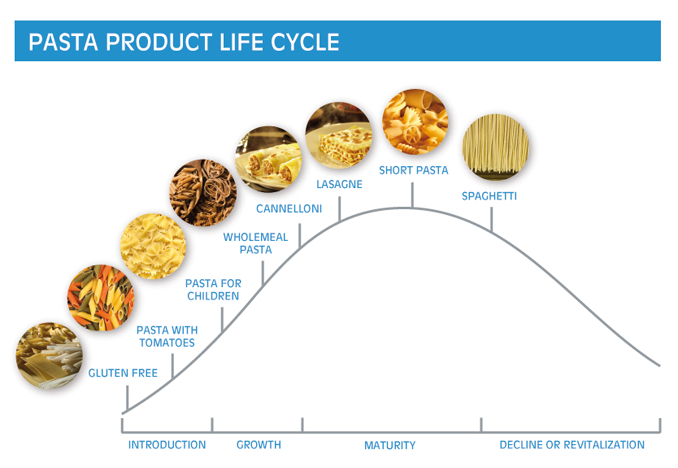Pasta is a food product with a timeless fame. Since ancient times it has always been an essential element of human nutrition. During the centuries its capacity to adapt to the evolving life styles has been constant. Its great success certainly depends on its basic and natural ingredients with the possibility of several variations that make it a versatile product, suitable for everybody (just think of kamut and quinoa flours, rice, corn, etc.). Moreover, it is one of the few products that is regularly consumed also by health enthusiasts, vegetarians and vegans, all types of consumers that are strongly increasing.
We would like to bring to your attention the following report about pasta and its trends, by Franco Antoniazzi, Food Technology Professor at University of Parma and International Food Marketing Consultant. The report was presented at the 1st Storci Convention in Egypt for pasta technology, organized by Storci last April 28th, 2018.
Today pasta and pasta-based dishes are substantially growing all over the world for its peculiar characteristics: typical flavour, very long-life, no health risks, simple and easy preparation.
For this reason, in fact, new products launched onto the world market, have more than doubled in these past five years. New products aside, we should not forget that there are products , especially in some countries, that have been on the market for so long and are bound to incur a possible physiological loss; in this case it is essential for the companies operating in this sector to do their best to diversify the production.
The positioning of new products can be mainly classified in three groups, as follows:
Traditional: for new shapes, quick and homogeneous cooking;
Whole grain wheat: counting on the relevant presence of fibre and gluten addition, controlling the strength of the semolina;
Gluten-free: the increase of gluten-free products demand, not only from people with celiac disease but also because it is trendy today, has forced all great producers to offer also corn-, rice-, quinoa-, teff-, tapioca-, buckwheat-based pasta, etc.
World is becoming more and more flexitarian, moving from animal-based food to vegetal products, hence the proliferation of green pasta with spinach or red pasta with tomatoes. There is also a new type of pasta, whose vegetal part, rich in proteins, can reach up to 100% of ingredients that are mainly legumes, red lentils, peas, chickpeas, fava beans and lupins. In this same product range, there are the functional pastas as well, that, thanks to the addition of some ingredients, can improve the condition of well-being of consumers.
A further development can be observed in products for children, that is expressed with smaller shapes or number-and letter-like shapes.
We can then depict the life cycle of various pasta-based products that, as shown in the graphic, points out standard shapes such as spaghetti and short pasta are at a standstill; on the contrary, whole-grain pasta is growing as well as pasta for children, coloured and gluten-free pasta, lasagna and cannelloni – either dry or ready-meal – and special shapes.
